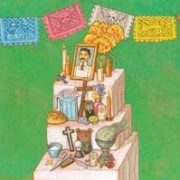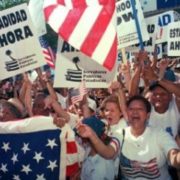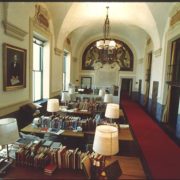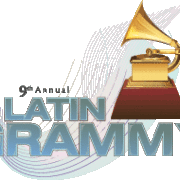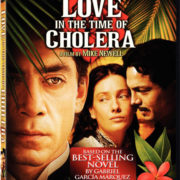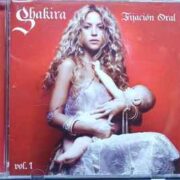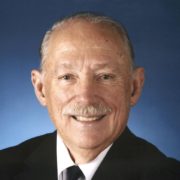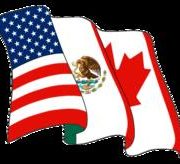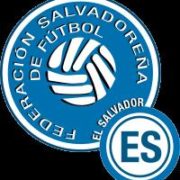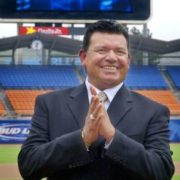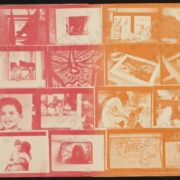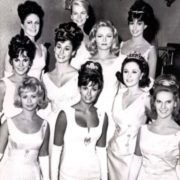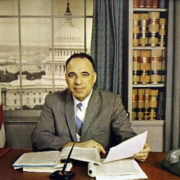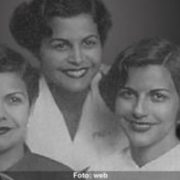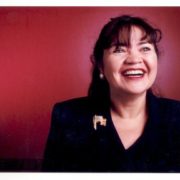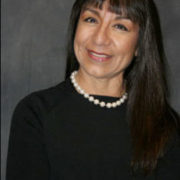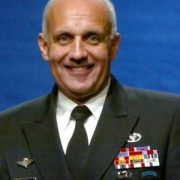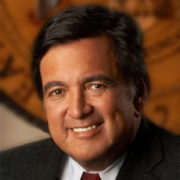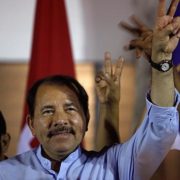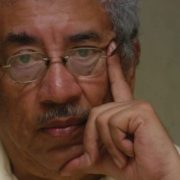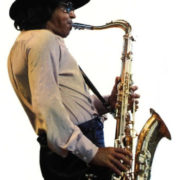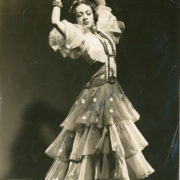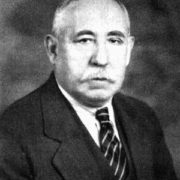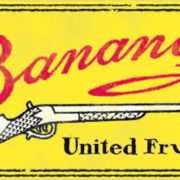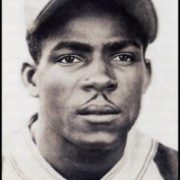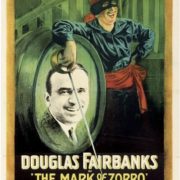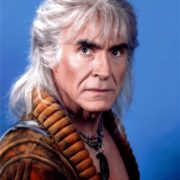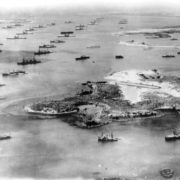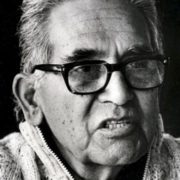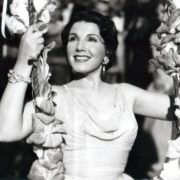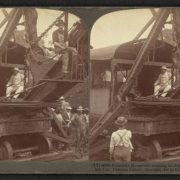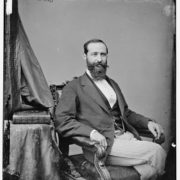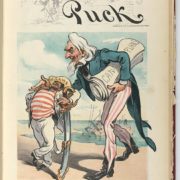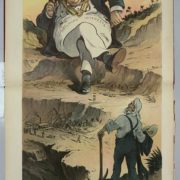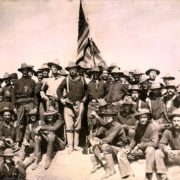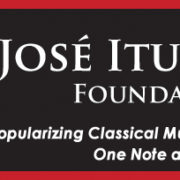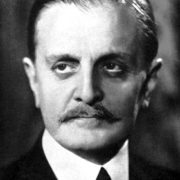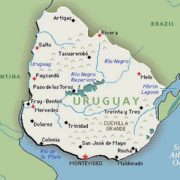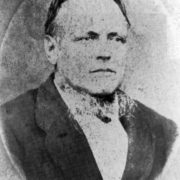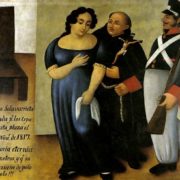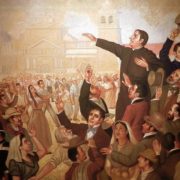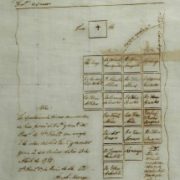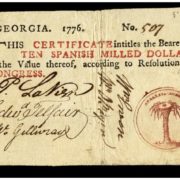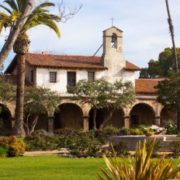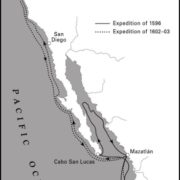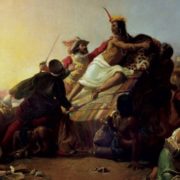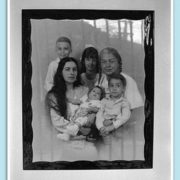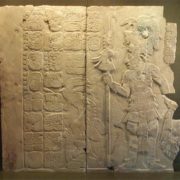Dia de los Muertos / DOTD + DIY
Today, we’re blending the practical North American tradition of DIY (Do-It-Yourself) with the spiritual South American tradition of DOTD (Day of the Dead). During the DOTD, or Dia de los Muertos, Americans honor friends and family members who have passed from this world by building “ofrendas” or altars. According to the city of San Antonio’s Centro Cultural Aztlan, the altars welcome returning spirits who drop by for the Holiday. Building your altar starts with a photo of your loved one (the Aztecs had a very early version of Facebook), and continues with adding fruit punch (this is a favorite with spirits – who knew?), sweet “pan de muerto”, which is a round loaf topped with skull and cross bones, and a number of symbolic presents and mementos from the deceased person’s life. For a complete DIY for your DOTD, please visit the Texas Monthly. For a beautiful viewing of the story and meaning of this celebration, please treat yourself to a viewing of Coco, by Disney / Pixar (Illustration by Marc Burckhardt for the Texas Monthly)
Hoy, estamos combinando la práctica tradición norteamericana del bricolaje (Hágalo usted mismo) con la tradición espiritual sudamericana de DOTD (Día de los Muertos). Durante el DOTD, o Día de los Muertos, los estadounidenses honran a los amigos y familiares que han pasado de este mundo mediante la construcción de “ofrendas” o altares. Según el Centro Cultural Aztlán de la ciudad de San Antonio, los altares dan la bienvenida a los espíritus que regresan y que se acercan para la festividad. La construcción de su altar comienza con una foto de su ser querido (los aztecas tenían una versión muy temprana de Facebook), y continúa agregando ponche de frutas (este es el favorito de los espíritus, ¿quién sabe?), Dulce “pan de muerto”, que es un pan redondo coronado con una calavera y huesos cruzados, y una serie de regalos y recuerdos simbólicos de la vida de la persona fallecida. Para un bricolaje completo para su DOTD, visite el Texas Monthly < / a>. Para disfrutar de una hermosa vista de la historia y el significado de esta celebración, disfrute de una vista de Coco , por Disney / Pixar (Ilustración de Marc Burckhardt para Texas Monthly)

